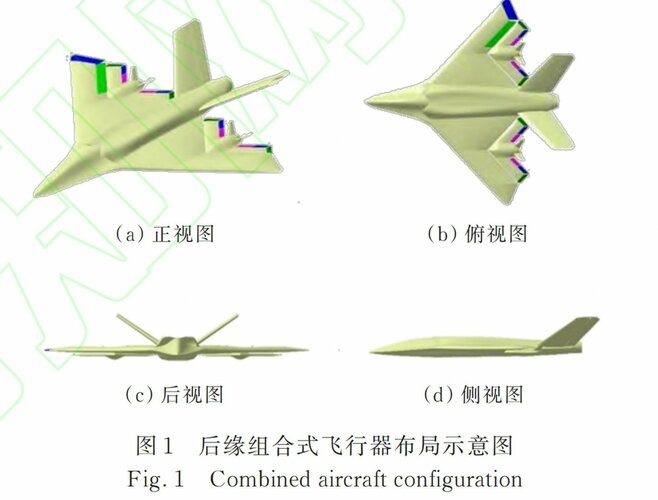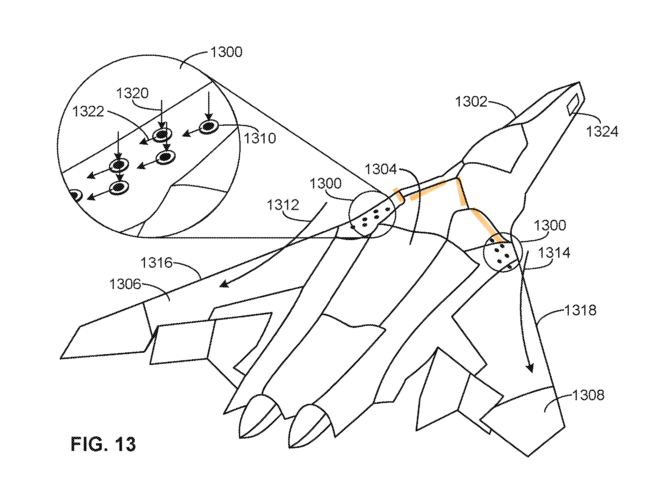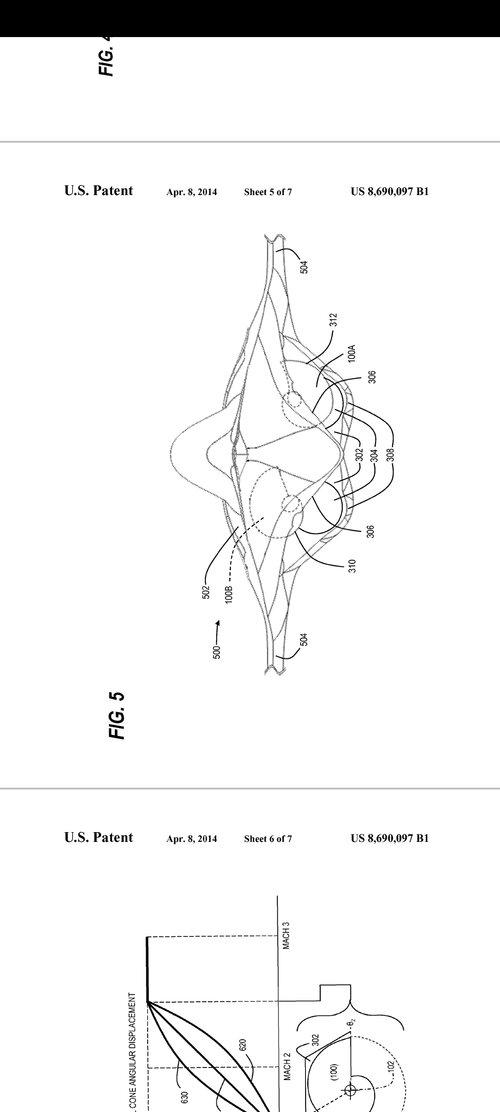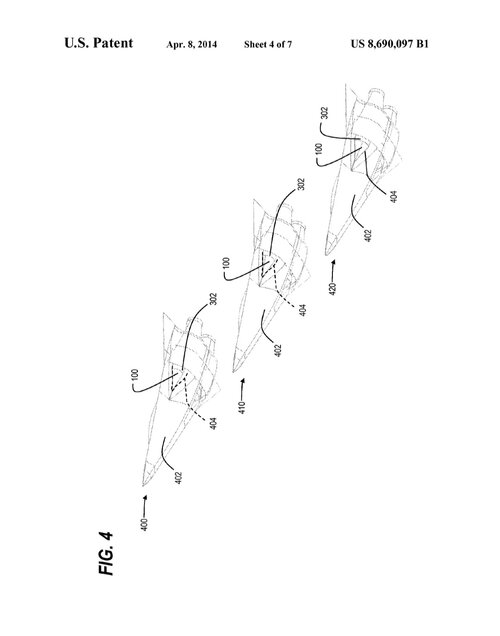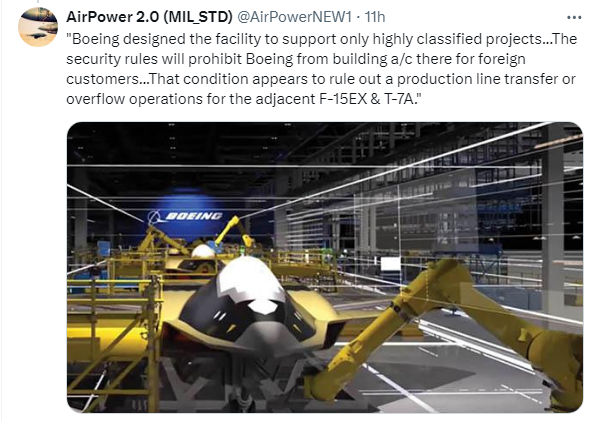Boeing could have been selected already for NGAD, you don't invest that kind of money in new facilities not unless you have won a major or a number of other programs.
A common myth is that contractors 'make investments' in plant, property & equipment PPE, in addition to independent research & development IR&D and bid & proposal B&P.
In fact, with few exceptions, all these costs are reimbursed by the US government by way of the negotiated rate structure, if they are deemed 'allowable' by the Defense Contract Audit Agency DCAA.
https://www.dcaa.mil/Careers/Career...e/2496672/common-dcaa-audits-forward-pricing/
Typically the total labor rates (a.k.a. burdened rates) are 2 or 3 times the direct labor rates. The true 'investment' by contractors is essentially limited to the time-value of the money float, i.e., the difference in time between when allowable costs are incurred and when allowable costs are recovered.
Existing programs at a defense contractor facility almost always
are the bill payers. For example, if Boeing-St Louis is shelling out big bucks for new factories, the reality is that the F/A-18E/F, the EA-18G, the F-15EX, the MQ-25, the T-7A, etc. are picking up the tab.
As long as a contractor's costs are deemed 'allowable', the only real governor on the direct and indirect rates is the competitive climate for future business opportunities. Forward pricing of labor and material rates is a key component of a contractor's proposal for a major bid such as NGAD. If Contractor X's rates (i.e., dollars/hour) for a given work effort is higher than Contractor Y, then that can become a disadvantage during source selection.
One reason the Navy turned sour on Grumman in the late 1970s-early 1980s is because Grumman was spending an inordinate amount of IR&D, B&P and PPE for Air Force business opportunities (e.g. ATF, JSTARS) and other diversification thrusts. The F-14, A-6, EA-6, and E-2 programs were the bill payers.
Takeaways: 1) Defense contractors do not invest their own money as done in the commercial world (Boeing Defense vs. Boeing Commerical is a text book example.); 2) Contract costs are negotiated DoD-wide, not service-by-service.


